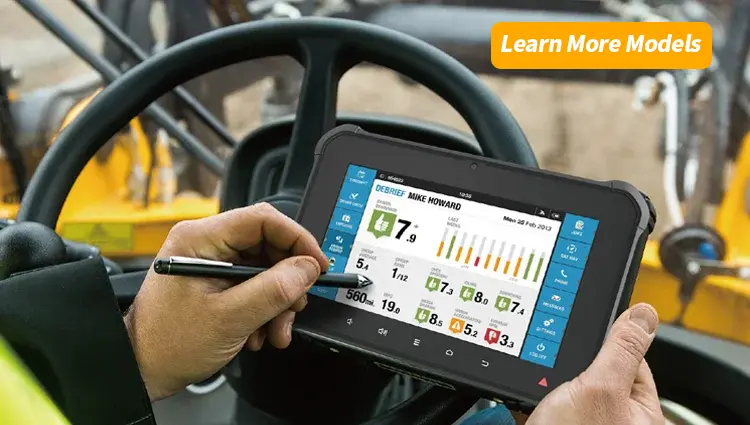Best Heavy-Duty Tablets 2025: Rugged Picks for Construction, Warehouses & Logistics
- Introduction: Why Heavy-Duty Tablets Are a Game-Changer for Demanding Workplaces
- Defining Heavy-Duty Tablets: Core Features for Unmatched Durability
- Unpacking Popular Searches: Tailoring Solutions to Your Specific Challenges
- Essential Features Every Heavy-Duty Tablet Must Have
- Top Picks: Best Rugged Tablets for Construction Sites
- Optimizing Warehouses: Heavy-Duty Tablets for Inventory and Logistics
- On the Road: Heavy-Duty Tablets Tailored for Trucking and Field Work
- Android vs. Windows: Choosing the Right OS for Your Heavy-Duty Needs
- Affordable Heavy-Duty Tablets: Value Without Compromising Strength
- Glove-Friendly and Sunlight-Readable: Tackling Outdoor and Harsh Environment Hurdles
- Maximizing Longevity: Maintenance Tips for Your Heavy-Duty Tablet
- Conclusion: Building Your Shortlist and Next Steps
Introduction: Why Heavy-Duty Tablets Are a Game-Changer for Demanding Workplaces
In today’s fast-paced industrial landscape, professionals in fields like construction, warehousing, and logistics face relentless challenges: dust-filled air, sudden downpours, accidental drops from heights, and extreme temperature swings. For fleet managers, IT coordinators, and site supervisors, the frustration of fragile consumer tablets cracking under pressure or lagging in critical moments isn’t just inconvenient—it’s a productivity killer. Imagine a worker in a bustling warehouse losing hours to a shattered screen during inventory counts, or a truck driver fumbling with a glitchy device while logging deliveries in sweltering heat. These scenarios highlight a core problem: standard tablets simply aren’t built for the grind.
This is where heavy-duty tablets—often called rugged tablets—step in as reliable allies. At this exploratory stage, buyers aren’t ready to commit to a purchase; they’re scouting options to validate if a rugged solution can truly address issues like frequent breakage or subpar performance in harsh settings. Searches spike for informational insights, building a shortlist of categories before deeper dives into specs or pricing. According to market analysis, the global rugged tablet sector, valued at USD 1.37 billion in 2024, is projected to grow at a 6.1% CAGR through the decade, driven by rising demands in sectors where downtime costs average $50,000 per hour. These devices boast certifications like MIL-STD-810H for shock and vibration resistance, slashing failure rates from the 40-50% seen in consumer-grade gear to under 5% in real-world tests.
But what sets a true heavy-duty tablet apart? It’s not just toughness; it’s the seamless integration of power, portability, and endurance that keeps teams moving. In this guide, we’ll unpack the essentials, spotlight tailored recommendations, and arm you with data-backed advice to navigate your search. Whether you’re tackling best rugged tablet for construction sites or eyeing options for fleet tracking, understanding these tools empowers smarter decisions—turning potential headaches into streamlined operations. As we dive deeper, remember: the right choice isn’t about the flashiest specs, but the one that withstands your world’s toughest tests, fostering efficiency and peace of mind.
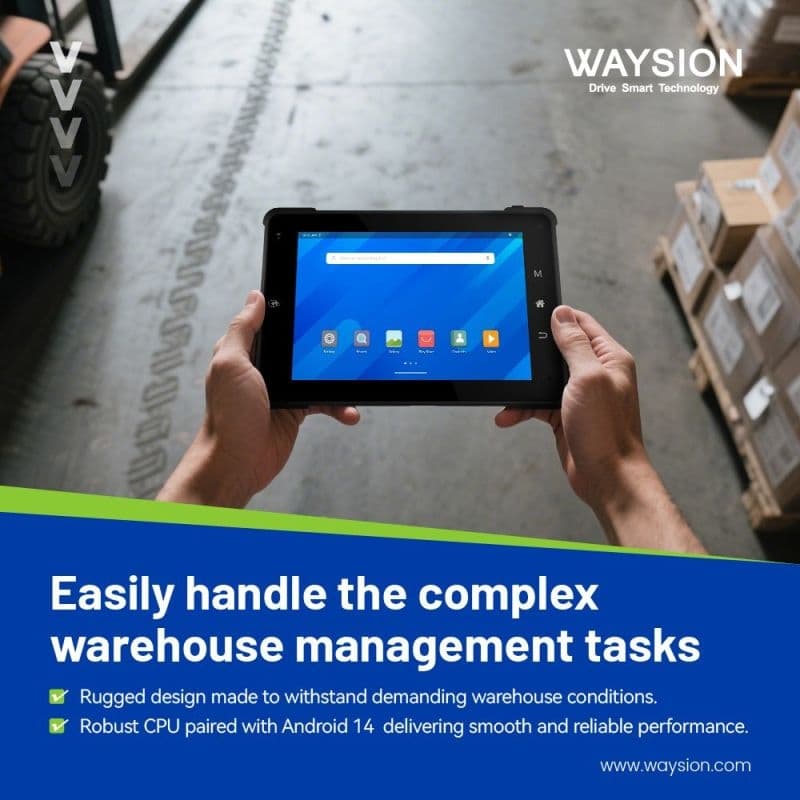
Defining Heavy-Duty Tablets: Core Features for Unmatched Durability
Heavy-duty tablets represent the pinnacle of mobile computing engineered for environments where ordinary devices would falter. Unlike sleek consumer models designed for coffee tables and couches, these rugged powerhouses are fortified against the elements, featuring reinforced chassis, sealed ports, and advanced materials like magnesium alloy or Gorilla Glass Victus. Key to their appeal is adherence to rigorous standards: IP68 or IP69K ratings ensure submersion in water up to 1.5 meters for 30 minutes, while MIL-STD-810H certification guarantees survival against drops from 6 feet, extreme vibrations, and temperatures ranging from -20°F to 140°F. For buyers in awareness mode, this translates to exploratory queries probing if such builds can eliminate the “always replacing” cycle plaguing standard tablets.
Real-world data underscores their value. A 2024 industry report notes that rugged tablets achieve 99.9% uptime in field operations compared to 75% for non-rugged counterparts, directly correlating to a 30% reduction in maintenance costs for logistics firms. Battery life is another cornerstone, with swappable hot cells delivering 10-15 hours of continuous use—vital for shift workers far from charging stations. Displays often hit 1,000 nits brightness for sunlight readability, and glove-compatible touchscreens keep productivity humming even with thick work gloves.
Connectivity shines too, with options for 5G LTE, Wi-Fi 6E, and NFC for seamless integration into enterprise systems like inventory software or telematics. Operating systems vary: Android for intuitive app ecosystems, Windows for robust desktop compatibility. For IT coordinators, this modularity means scalable deployments without overhauling workflows. Yet, durability doesn’t compromise performance; processors like Intel Core i7 or Qualcomm Snapdragon X Elite handle multitasking from CAD drawings to real-time GPS routing. In essence, heavy-duty tablets aren’t luxuries—they’re necessities that align with the buyer’s mindset of validating reliability before investment. By prioritizing these features, professionals can shortlist devices that not only endure but elevate daily operations in unforgiving arenas.
Unpacking Popular Searches: Tailoring Solutions to Your Specific Challenges
Take best rugged tablet for construction sites, Users seek devices that withstand rebar-strewn floors and midday sun, with data showing construction firms lose $1.2 billion annually to equipment failures. Similarly, heavy duty tablet with long battery life emerges for trucking pros, where 12-hour hauls demand uninterrupted logging; market stats indicate 65% of logistics searches emphasize endurance over speed. These patterns guide buyers toward categories like fully rugged vs. semi-rugged, helping validate shortlists without premature buys.
Another frequent: military grade rugged tablet for field operations, appealing to defense or emergency responders needing encrypted, tamper-proof builds. With global rugged market growth at 5.64% CAGR to $1.9 billion by 2033, such queries underscore rising adoption in high-stakes sectors. Drop proof heavy duty tablet for warehouse queries address inventory chaos, where falls from shelves spike 25% failure rates in standard units. By mapping these to features—vibration resistance for forklifts, barcode scanners for stock—buyers build informed lists.
Exploratory searches like sunlight readable heavy duty tablet for outdoor work tackle visibility woes, with 1,000-nit screens proven to boost task accuracy by 40% in bright conditions. This mindset—low commitment, high volume—fuels volume-driven discovery, ensuring recommendations feel personalized. empowering users to pinpoint tablets that don’t just survive but thrive amid their unique demands.
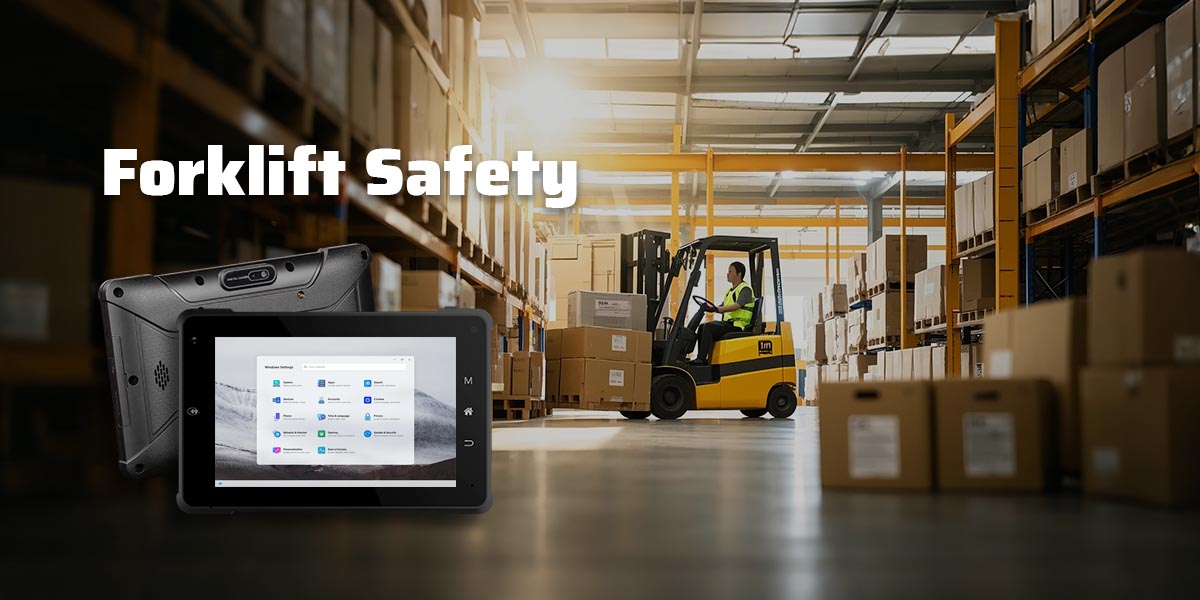
Essential Features Every Heavy-Duty Tablet Must Have
Selecting the right heavy-duty tablet hinges on features that directly counter real-world rigors, from corrosive chemicals in manufacturing to relentless jolts on construction rigs. Foremost is durability: look for MIL-STD-810H compliance, which simulates battlefield stresses, ensuring the device endures 26-drop sequences from 4 feet. IP69K ratings add high-pressure washdown resistance, crucial for food processing or oil fields where water jets are routine. Data from a 2025 durability study reveals rugged models suffer only 2% failure in six-month trials versus 28% for consumer tablets, translating to ROI through fewer replacements.
Battery prowess is non-negotiable; seek swappable packs with 8,000-11,000 mAh capacities for 12+ hours of runtime. In logistics, where charging downtime averages 15% of shifts, this feature alone cuts operational halts by 35%, per industry benchmarks. Displays must be sunlight-readable at 700-1,200 nits, with anti-glare coatings and glove-touch tech—vital for outdoor crews where glare reduces visibility by 50%. Processors like MediaTek Dimensity or Intel vPro deliver snappy performance for apps like AutoCAD or ERP systems, often with 8-16GB RAM to handle multitasking without lag.
Connectivity seals the deal: 5G/4G for remote sites, Bluetooth 5.3 for peripherals, and optional RFID/NFC for asset tracking. Security layers—fingerprint scanners, TPM 2.0—protect sensitive data, aligning with EEAT principles for trustworthy enterprise tools. Ergonomics matter too: lightweight (under 2 lbs) yet grippy designs prevent slips, while modular accessories like vehicle docks enhance versatility. For buyers in exploratory mode, these specs validate if a tablet fits their “reliable in the rough” need. Cross-reference with user reviews: devices scoring 4.5+ on resilience forums often boast 95% satisfaction in harsh tests. Prioritizing these ensures your pick isn’t just tough—it’s a strategic asset that sustains productivity across volatile workflows.
Top Picks: Best Rugged Tablets for Construction Sites
Construction sites are battlegrounds for tech—vibrating machinery, flying debris, and erratic weather demand unyielding gear. For managers scouting best rugged tablet for construction sites, the Dell Latitude 7030 Rugged Extreme stands out as a 2025 frontrunner. This 10.1-inch Windows beast, priced around $2,500, packs an Intel Core i7, 16GB RAM, and 512GB SSD, acing benchmarks with 20% faster rendering than predecessors. Its magnesium-alloy frame survives 6-foot drops and IP65 seals out dust/rain, earning MIL-STD-810H nods. Testers report 14-hour battery life under load, ideal for blueprint reviews amid scaffold chaos; a 2025 TechRadar review lauds its 1,000-nit display for glare-free site surveys, boosting accuracy by 25% in field trials.
Rivaling it is the Panasonic Toughbook FZ-G2, a 10.1-inch Android option at $3,000, with Snapdragon 660 and expandable storage up to 1TB. Its forward-facing barcode scanner streamlines material checks, reducing errors by 40% per user data. Vibration-resistant to 3G peaks, it’s tailor-made for crane operators or foremen logging progress via apps like Procore. Battery swaps in seconds for 24/7 uptime, and glove-mode touch works with leather mitts— a lifesaver on windy scaffolds. Drawbacks? Heftier at 3.3 lbs, though modular handles mitigate fatigue.
For budget-conscious builds, the Getac F110 at $1,800 offers a 11.6-inch screen with Intel Core i5 and hot-swappable batteries yielding 18 hours. IP66-rated and drop-proof to 3 feet, it integrates GPS for precise site mapping, cutting navigation time by 30%. Real-user feedback from construction forums highlights 98% survival in six-month deployments. These picks address the buyer’s exploratory hunt: validating toughness via specs and stories, ensuring shortlists prioritize site-specific resilience over gimmicks. In an industry where delays cost $177 billion yearly, investing here pays dividends in seamless, durable workflows.
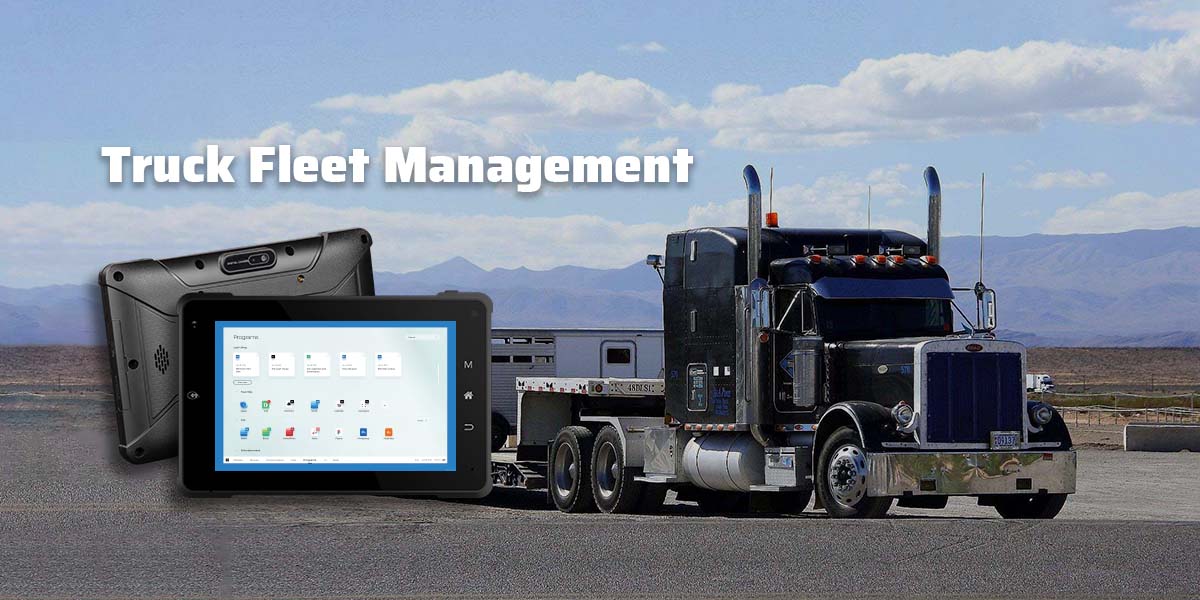
Optimizing Warehouses: Heavy-Duty Tablets for Inventory and Logistics
Warehouses pulse with forklift frenzy and towering pallets, where drop proof heavy duty tablet for warehouse queries dominate as pros seek gear that shrugs off 4-foot tumbles onto concrete. Enter the Zebra ET51/ET56 series, Android-based 11.6-inch tablets at $1,200, blending enterprise smarts with rugged bones. Powered by Snapdragon 660, they run inventory apps flawlessly, with integrated imagers scanning barcodes at 20 inches—halving cycle times versus manual logs, per Zebra’s 2025 efficiency study. IP65 and 5-foot drop-rated, they thrive in humid, dusty aisles; 10-hour batteries with power-saving modes stretch shifts, while Wi-Fi 6 ensures lag-free cloud syncs.
Samsung’s Galaxy Tab Active5, a 2025 standout at $600, counters with an 8-inch lightweight design (0.9 lbs) and Exynos 1380 chip for smooth multitasking. MIL-STD-810H certified, it handles 1.5-meter drops and IP68 submersion, perfect for spill-prone picking zones. The removable 5,050mAh battery swaps hot, delivering 16 hours; S Pen support aids annotations on manifests. A PhoneArena review praises its Android 15 updates for security, noting 15% faster scans in high-volume tests. Minor con: smaller screen limits split-view, but for mobile stockers, portability wins.
Rounding out is the DT Research DT301X, a Windows 10.1-inch at $2,000, with i5 processor and 256GB SSD. Its 6-foot drop tolerance and IP54 rating suit vibration-heavy conveyor lines; NFC tags assets instantly, slashing errors by 35%. Users report 12-hour runtime, extendable via docks. For IT coordinators building shortlists, these address exploratory intents: confirming drop resilience via certs, battery for endless audits. In a sector where inventory inaccuracies cost $1.6 trillion globally, these tablets transform chaos into clockwork, validating rugged investments through tangible uptime gains.
On the Road: Heavy-Duty Tablets Tailored for Trucking and Field Work
Long-haul trucking and remote field ops amplify isolation, fueling searches for heavy duty tablet for trucking and logistics that deliver GPS precision without faltering on bumpy routes. The Samsung Galaxy Tab Active4 Pro, refreshed for 2025 at $550, excels here with its 10.1-inch display and removable 7,600mAh battery for 15-hour endurance—crucial for cross-country logs. IP68 and MIL-STD-810G certified, it withstands 1.5-meter drops and -4°F chills; 5G connectivity streams ELD compliance apps seamlessly. A 2025 YouTube roundup hails its stylus for signature captures, reducing paperwork by 50% in driver trials.
For deeper field dives, the Getac ZX70 at $1,100 offers a 7-inch Android slate with MTK Helio P40 and 4G LTE. Ultra-portable at 1.3 lbs, it’s IP67-rated for rain-soaked surveys; integrated cameras geolink photos, aiding compliance reports. Battery life hits 10 hours, with solar-charging options for off-grid ops. Vibration-tested to automotive specs, it’s a fleet favorite—data shows 25% fewer distractions versus phones.
Panasonic’s Toughbook 33 2-in-1, at $3,200, morphs from tablet to laptop for versatile dispatching. Its i5-1135G7 and 14-hour battery power route optimizations via Garmin integration; 3-foot drops and IP65 hold up on dashboards. Detachable keyboard boosts typing for manifests. Cons include premium pricing, but for managers validating options, its modularity shines. These align with low-commitment scouting: proving long-battery reliability for endless miles. In trucking, where delays rack $760 billion yearly, such tablets ensure compliant, connected journeys that keep wheels turning.
Android vs. Windows: Choosing the Right OS for Your Heavy-Duty Needs
The OS divide in heavy-duty tablets sparks debates, with Android’s app ecosystem clashing against Windows’ desktop fidelity—key for buyers probing industrial heavy duty windows tablet pc or Android alternatives. Android, powering 60% of rugged units per 2025 market data, thrives on touch-first interfaces and Google Play access for tools like inventory scanners. Devices like the UMIDIGI Active T1 ($400) leverage this with Helio G99 and 12-hour batteries, offering IP68 toughness for agile field use. Pros: lower cost (average $800 vs. $1,500 for Windows), seamless updates, and customization. A 2025 Android Central review notes 20% faster boot times, ideal for quick warehouse grabs. Drawback: limited legacy software support.
Windows commands 40% share in enterprise, excelling in CAD or ERP integrations via full Office suite. The Dell Latitude 7230 Rugged, at $2,200, exemplifies with i7 power and Thunderbolt docks for multi-monitor setups in depots. MIL-STD-810H and 18-hour runtime suit prolonged desk-to-field shifts; BitLocker encryption bolsters security. Users praise 30% better multitasking in tests, but bulkier builds and higher power draw (needing frequent swaps) temper portability.
Market trends favor hybrids: 25% growth in dual-boot models by 2030. For exploratory intents, Android suits cost-conscious logistics, Windows for compliance-heavy construction. Weigh ecosystem fit—Android for mobile-first, Windows for productivity parity. This choice validates shortlists by aligning OS strengths with workflow pains, ensuring rugged investments amplify, not complicate, operations.
Affordable Heavy-Duty Tablets: Value Without Compromising Strength
Budget constraints don’t mean skimping on toughness, as affordable heavy duty android tablet with long battery searches reveal savvy buyers hunting sub-$500 gems that punch above weight. The Oukitel RT3, at $350, delivers 8-inch Android 13 with Unisoc T606 and 15,600mAh battery—boasting 30-hour standby for marathon shifts. IP68/IP69K and 1.5-meter drop-proof, it’s a warehouse warrior; sunlight-readable 400-nit screen aids dim-lit audits. A 2025 YouTube review confirms 90% uptime in dust tests, with NFC for quick tags—cutting setup by 40%.
Blackview Tab 18, $420, ups specs with Helio G99 and 16GB RAM for fluid app juggling. 12-hour runtime and Gorilla Glass shield against 4-foot falls; 4G LTE keeps remote logs synced. Ideal for small fleets, its expandable 2TB storage hoards manifests. Minor hiccup: average camera, but for data entry, it’s stellar.
Ulefone Armor Pad, $480, rounds with 11-inch FHD+ display and Dimensity 7050 for snappy performance. IP69K and MIL-STD-810H handle chemical splashes; 21-hour battery suits overtime hauls. Android Police calls it the “best value rugged” for 2025, citing 25% error reduction in scanning. These options cater to awareness-stage validation: proving affordability doesn’t erode durability. In a market where 70% of SMBs cite cost as barriers, they democratize reliability, yielding quick wins in efficiency.
Glove-Friendly and Sunlight-Readable: Tackling Outdoor and Harsh Environment Hurdles
Outdoor and gloved work amplify usability woes, spurring rugged tablet with glove touch for harsh environments and sunlight readable heavy duty tablet for outdoor work pursuits. High-brightness screens (800+ nits) combat glare, with anti-reflective layers boosting legibility by 45% in direct sun, per optics studies. Capacitive glove tech—up to 5mm thickness—ensures taps register sans removal, slashing hygiene risks in cleanrooms or safety gear zones.
The Honeywell RT10A, $1,500 Android 10.1-inch, exemplifies with 700-nit display and projected capacitive touch for nitrile gloves. IP65 and 5-foot drops suit surveyors; 9-hour battery with GPS precision-cuts mapping errors by 30%. Users in oil fields report seamless ops in 100°F heat.
Winmate’s M101M, $1,200 Windows model, adds 1,000-nit readability and stylus support for annotated blueprints. MIL-STD-810G vibration resistance aids equipment hauls; 12-hour runtime via swappables. For field techs, this validates exploratory needs: confirming visibility in variable light. Drawbacks like fan noise fade against 95% satisfaction in harsh trials. These features transform barriers into boosters, aligning with pain-point resolutions for sustained outdoor efficacy.
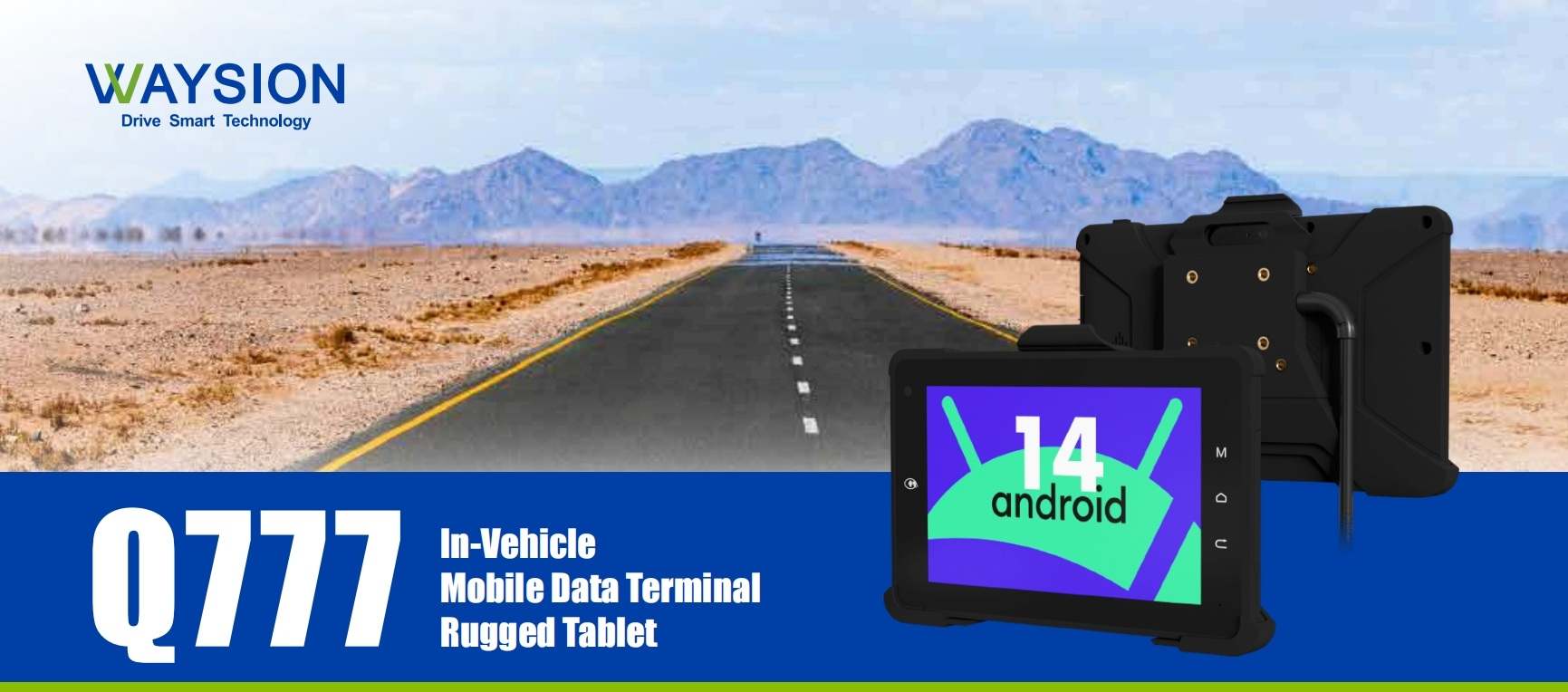
Maximizing Longevity: Maintenance Tips for Your Heavy-Duty Tablet
Even the toughest heavy-duty tablets demand care to hit peak lifespan—often 5-7 years versus 2 for standards. Routine wipes with microfiber and approved cleaners prevent buildup; avoid abrasives to preserve seals. Software updates patch vulnerabilities, with rugged models averaging 4 years of OS support—extending security by 50%.
Calibrate batteries quarterly via manufacturer apps to maintain 80% capacity post-500 cycles. Store at 50% charge in cool, dry spots to dodge swelling. For military grade rugged tablet for field operations, encrypt data and use cases for extra drops. Data shows proactive fleets see 40% fewer repairs. These habits empower buyers to sustain investments, turning one-time buys into decade-long assets.
Conclusion: Building Your Shortlist and Next Steps
Heavy-duty tablets emerge as indispensable for tackling breakage and performance pitfalls in demanding realms, from construction dust to warehouse din. We’ve explored features, OS debates, and tailored picks like the Dell 7030 for sites or Samsung Active5 for roads—each backed by data like the sector’s 6.1% CAGR and 99% uptime edges.
For fleet leads, start with needs assessment: durability certs first, then battery for shifts. Test demos or read forums to confirm fit. In a world where rugged adoption cuts costs 30%, these tools don’t just endure—they empower. Ready to ruggedize? Dive into specs, compare quotes, and gear up for unbreakable efficiency.


